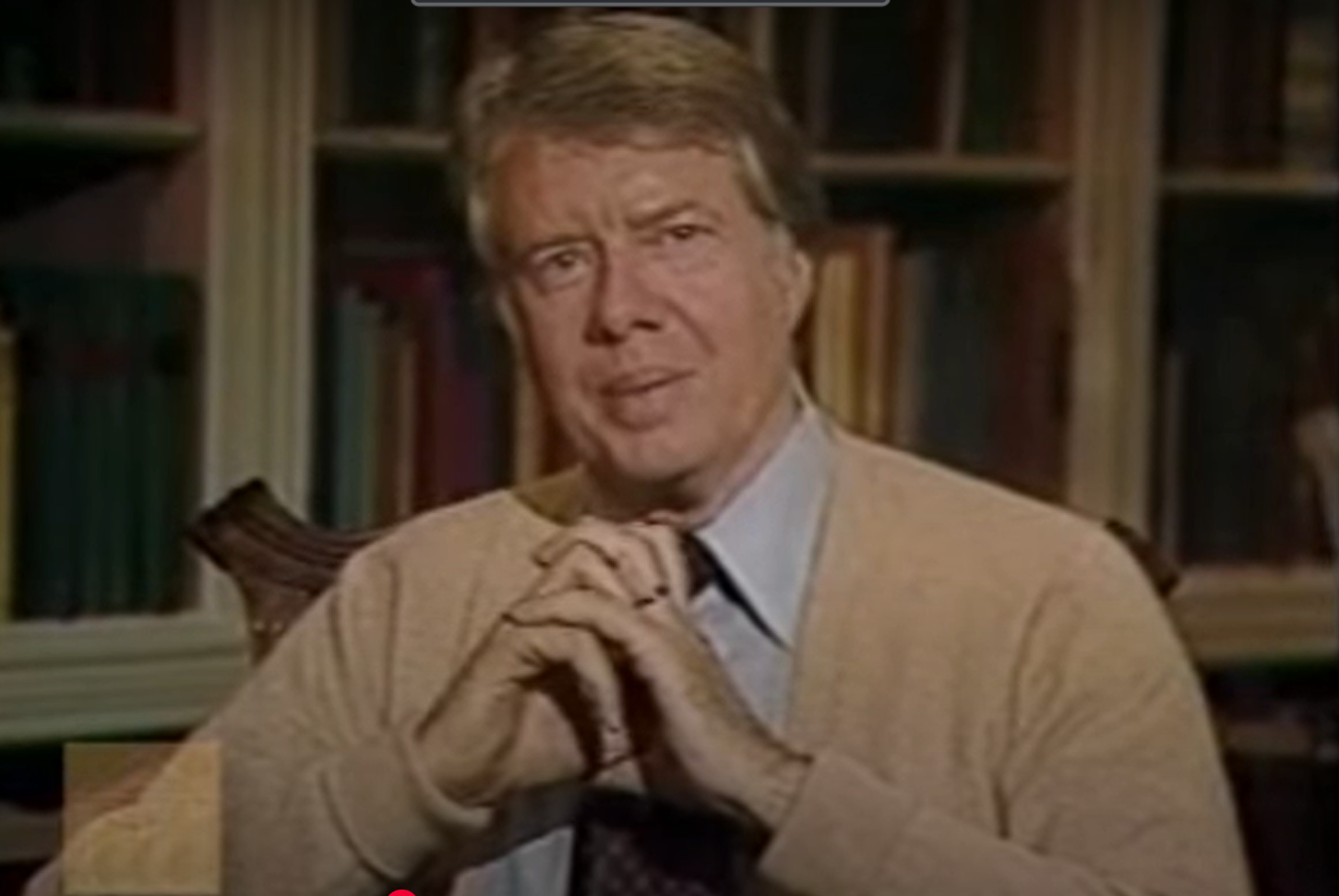Authors:
Historic Era: Era 10: Contemporary United States (1968 to the present)
Historic Theme:
Subject:
Winter 2025 | Volume 70, Issue 1


Authors:
Historic Era: Era 10: Contemporary United States (1968 to the present)
Historic Theme:
Subject:
Winter 2025 | Volume 70, Issue 1
Editor's Note: Daniel Yergin, vice chairman of S&P Global, won a Pulitzer Prize in 1992 for The Prize: The Epic Quest for Oil, Money, and Power, described by Business Week as hailed as “the best history of oil ever written.” More recently, he published The New Map: Energy, Climate, and the Clash of Nations.

The presidency of Jimmy Carter was both shaped and bracketed by energy. Even before he took office, Carter made clear that he intended “energy” to be a linchpin of his administration. And it was – but not, as events turned out, in the way he had initially expected.
In early February 1977, just two weeks after becoming president, Carter, clad in a sweater, delivered what he called a “report to the American people”. He announced that energy would be the central focus of his administration. He ordered up a 90-day energy plan and went on to establish the Department of Energy. He followed up in April 1977 with a speech that began, “I want to have an unpleasant talk with you about a problem that is unprecedented in our history. With the exception of preventing war, he declared, “the energy crisis” was “the greatest challenge our country will face in our lifetime.” It was, he said, “the moral equivalent of war”.
Carter knew that the United States could not continue on the course of importing ever-more oil. The rapid growth of U.S. imports had helped set the stage for the 1973 oil crisis, just four years earlier, and for higher prices. He wanted to promote energy efficiency, renewable energy, and bring rationality to oil and gas prices, which were heavily distorted by an intricate and mindless system of price controls that made the nation’s energy situation more precarious – and more dependent on oil imports.
Making progress on energy policy faced much opposition and innumerable obstacles. Much of the opposition to ending the irrationality of price controls came from his own Democratic party. Still a good deal was accomplished, including the beginning of decontrol of oil and natural gas prices, although, as part of the political wrangling, matched up with a windfall profits tax. And Carter would succeed in establishing energy efficiency – conservation – as a key element in the overall approach to solving the nation’s energy problems – an initiative represented in a memorable conference that he convened at the White House. But his Secretary of Energy James Schlesinger would ruefully describe what had been achieved in response, as he put it, to Carter’s call to action as less than “the